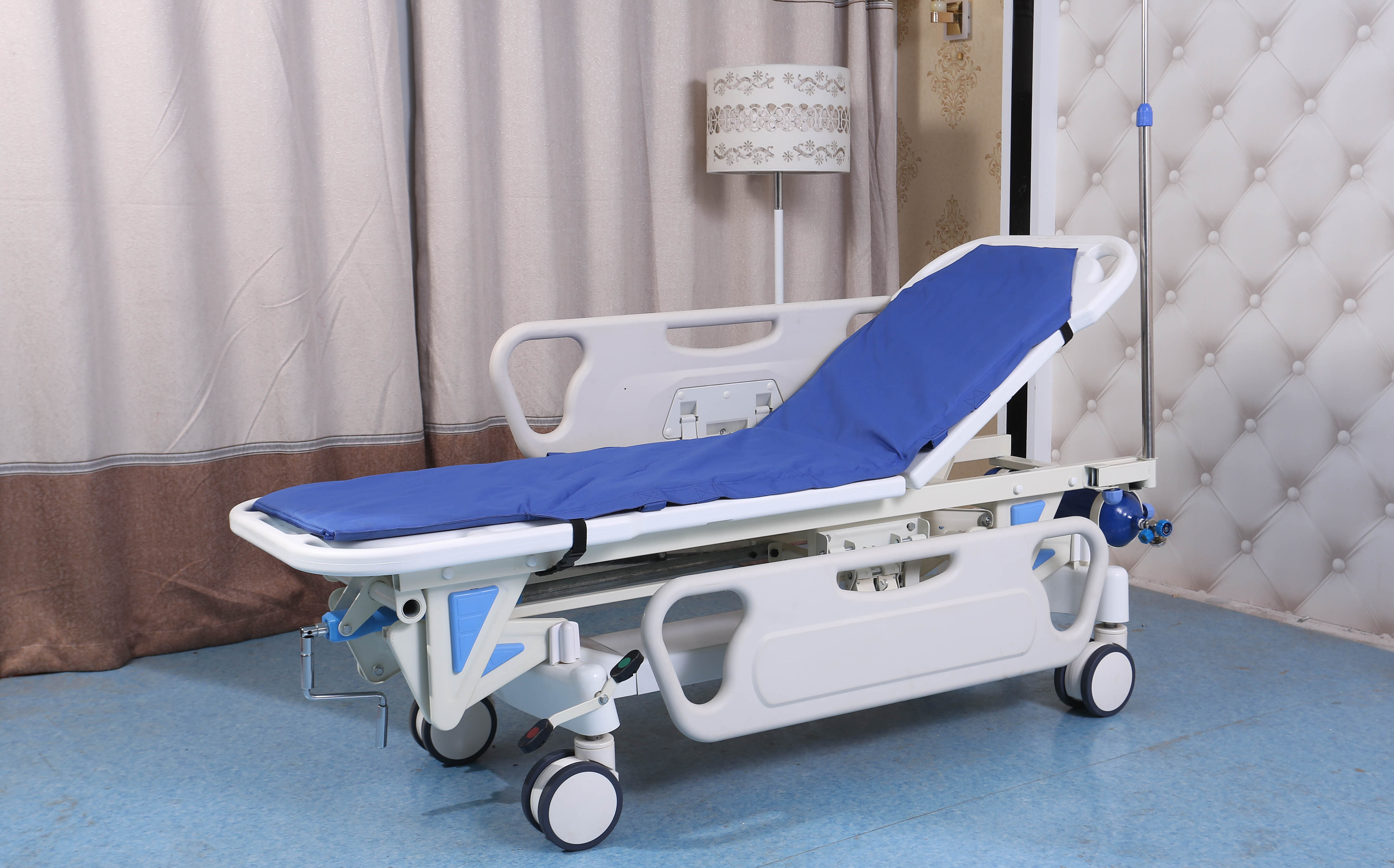Welcome to our websites!
post stroke rehabilitation
Post-Stroke Rehabilitation A Pathway to Recovery
Stroke is one of the leading causes of long-term disability worldwide, affecting millions of individuals each year. The journey to recovery post-stroke can be challenging, but with appropriate rehabilitation, many stroke survivors can regain their independence and quality of life. Understanding the nuances of post-stroke rehabilitation is crucial for patients, caregivers, and healthcare providers.
The Importance of Early Intervention
Early intervention is a critical component of post-stroke rehabilitation. It is commonly recommended that rehabilitation begins as soon as the patient is stable, often within 24 to 48 hours after the stroke occurs. Early rehabilitation helps prevent complications such as muscle atrophy and joint contractures. It also initiates the process of neuroplasticity, the brain's ability to reorganize itself by forming new neural connections. The sooner rehabilitation starts, the better the chances of restoring functionality to the affected areas of the body.
Multidisciplinary Approach
Post-stroke rehabilitation typically involves a multidisciplinary team of healthcare professionals, including physicians, physical therapists, occupational therapists, speech-language pathologists, and neuropsychologists. Each member of this team plays a vital role in addressing the physical, emotional, and cognitive challenges faced by stroke survivors.
1. Physical Therapy This aspect of rehabilitation focuses on improving mobility and strength. Physical therapists use various exercises and techniques to help patients regain their ability to walk, climb stairs, and perform daily activities. Exercises may include range-of-motion activities, strength training, and gait training.
2. Occupational Therapy Occupational therapists assist patients in relearning daily living skills, such as dressing, cooking, and personal care. They often incorporate adaptive equipment and techniques to help individuals perform tasks more easily. This therapy is essential in ensuring that patients can maintain their independence at home and in the community.
3. Speech Therapy Many stroke survivors experience difficulties with communication or swallowing, known as dysphasia. Speech-language pathologists work with these patients to improve their ability to speak, understand language, and swallow safely. Techniques and exercises can vary widely, from tongue exercises to conversational practices.
post stroke rehabilitation

4. Neuropsychological Support Post-stroke, individuals may face cognitive and emotional challenges, including memory loss, depression, or anxiety. Neuropsychologists provide assessments and therapies to help patients cope with these changes, facilitating a comprehensive recovery process.
Setting Goals and Tracking Progress
Setting specific, measurable, achievable, relevant, and time-bound (SMART) goals is crucial in post-stroke rehabilitation. Healthcare teams work collaboratively with patients and their families to establish realistic objectives, which help in tracking progress. Regular assessments ensure that rehabilitation plans are adjusted as needed, promoting continuous improvement.
The Role of Family and Support
The recovery process after a stroke does not happen in isolation. The role of family members and caregivers is instrumental in a patient’s rehabilitation journey. Emotional support, encouragement, and assistance from family can significantly enhance recovery. Educating families about the nature of the stroke and the rehabilitation process can empower them to provide better support.
Challenges and Barriers to Rehabilitation
While the pathway to recovery is filled with potential, there are also several challenges and barriers that patients may face. Physical limitations, emotional distress, and financial constraints can impede access to rehabilitation services. Furthermore, disparities in healthcare access may prevent some individuals from receiving timely and comprehensive rehabilitation.
Conclusion
Post-stroke rehabilitation is a vital process that can significantly impact the quality of life for survivors. With a focus on early intervention, a multidisciplinary approach, goal-setting, and family involvement, stroke patients can navigate their recovery journey more effectively. While challenges exist, the commitment to rehabilitation can unlock the potential for regeneration and independence. As advancements in medical and therapeutic techniques continue to evolve, the future looks promising for stroke survivors seeking to reclaim their lives after a stroke.
-
Transforming Healthcare with Hospital FurnitureNewsJun.24,2025
-
Rehabilitation EquipmentNewsJun.24,2025
-
Mobility and Independence with WheelchairsNewsJun.24,2025
-
Freedom of Mobility with Our Rollator WalkersNewsJun.24,2025
-
Comfort and Independence with Commode ChairsNewsJun.24,2025
-
Bathing Safety and Independence with Shower ChairsNewsJun.24,2025
-
Navigating the Wholesale Landscape of Electric Mobility Solutions: Key Considerations for Power Wheelchair DealersNewsJun.10,2025











